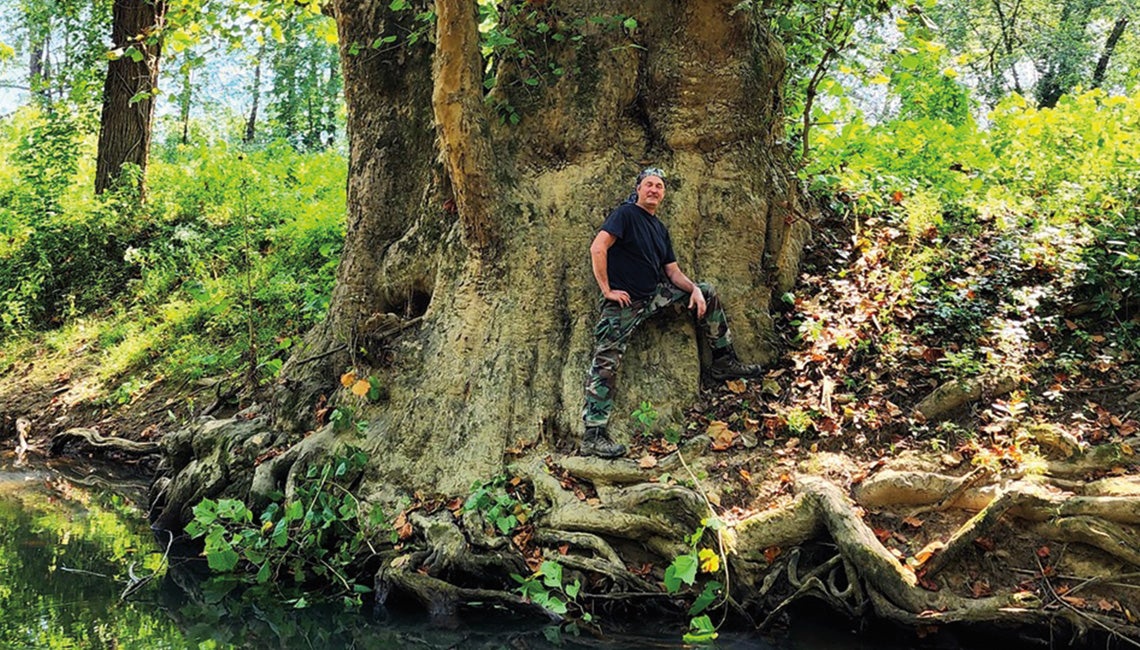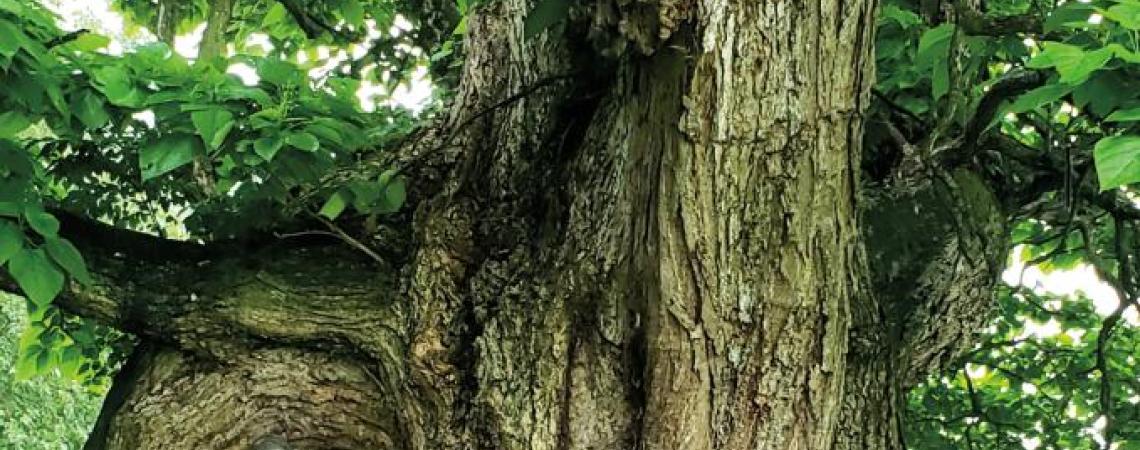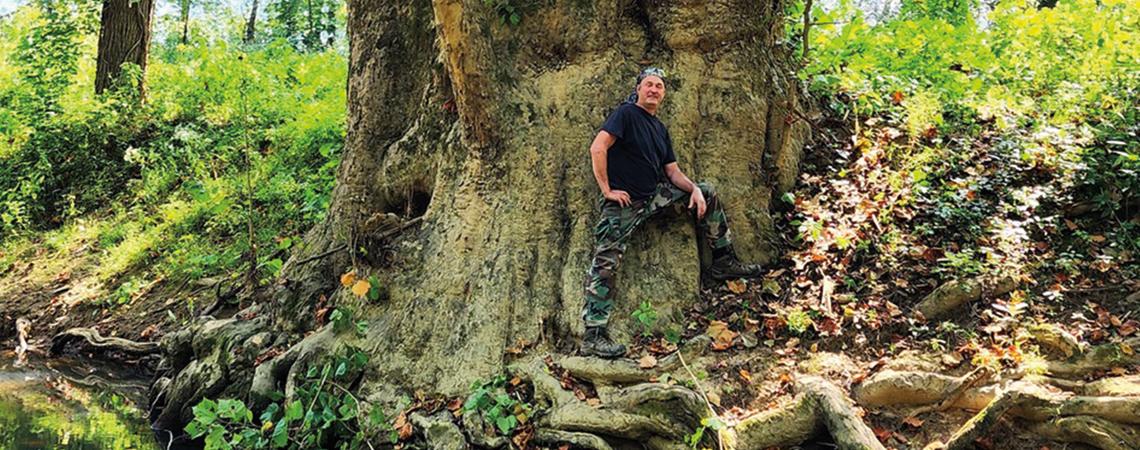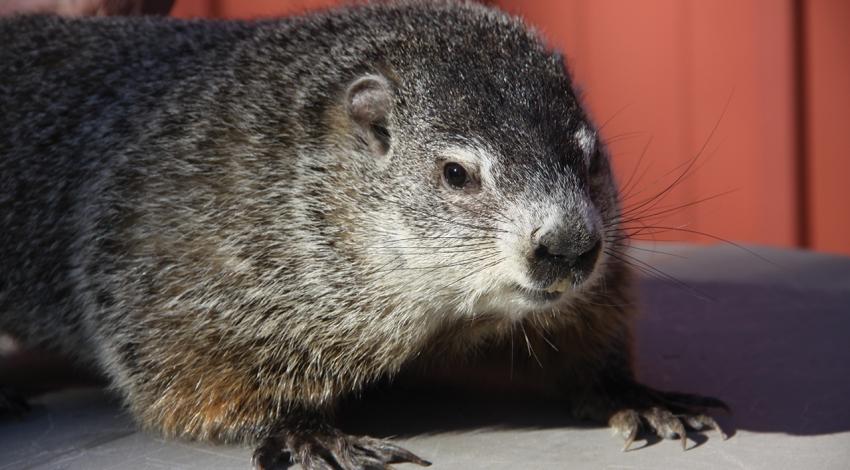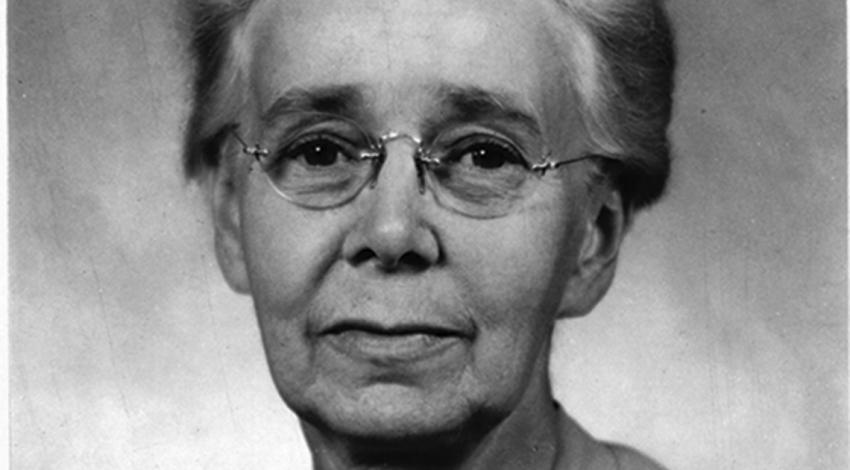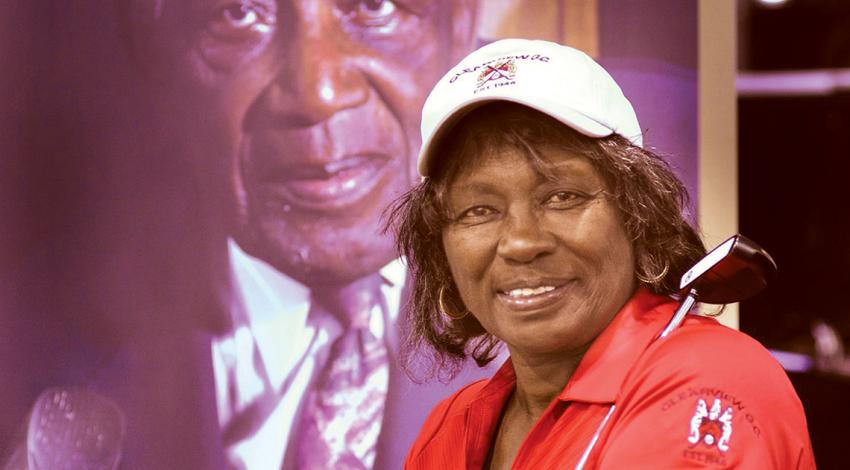Spring comes into full bloom in May. White dogwood sepals spangle the hillsides, and the fronds of deciduous trees everywhere produce those fresh wet-lime tender shoots that will soon become the full, flat leaves that provide welcome cooling shade in the sweltering summer sure to follow.
Ohio has some big trees, and Marc DeWerth of Columbia Station has made it his mission to locate and educate — to find massive old trees and tell others about them. “Big tree education,” he calls it. DeWerth, an amateur naturalist and self-trained forester and arborist, lectures to groups large and small on the matter of forestry, land management, and tree conservation. He consults tree owners on proper care of their trees and lots.
There’s a whole network of folks around the state who find and send in photos of Ohio’s largest trees to be posted on Marc DeWerth’s Big Trees Facebook and Instagram feeds — such as the national champion northern catalpa tree in Lawrence County.
For DeWerth, it’s a moral imperative. “People need to know about nature,” he says. “We need to look up — there is so much to see and learn in nature. I want youth to understand the significance of Ohio’s trees.”
The interest in trees and forestry came by surprise. When he worked in business and finance, DeWerth spent a great deal of time on the road, off the beaten path, throughout Ohio. That first profession taught him to converse with most anyone in any station, making it easy to naturally reach out when he noticed a big red oak here, a shagbark hickory there. What started as a light hobby has blossomed into a major endeavor: documenting the biggest — and by default some of the oldest — trees that persist in Ohio, from Harrison to Hartsgrove, Pioneer to Pomeroy.
That trees approaching half a millennium in age exist anywhere in Ohio is remarkable, considering history.
At the beginning of the historic period, the land was heavily forested. Henry Howe, in his 1907 Historical Collections of Ohio, noted that in 1834, “The trees were mostly oak, and of the finest growth. Their noble stems ran up some hundred feet above you and were beautifully feathered with verdant foliage. They ran off in the distance, park like, but grander far, in admirable groupings, forming avenues, galleries and recesses, redolent, with solemn loveliness, and here they stood before you like the thousand pillars of one vast imperishable temple for the worship of the Great Invisible.”
Grand as they were, the forests gradually perished by axe and fire to make way for the plow. Some, however, were spared in the odd farm lot or the ribbon-like bands of woods that mark a stream course, and DeWerth continues to find them. He has successfully nominated 17 species of champion trees (the biggest in the state) with the Ohio Division of Forestry. Four of those are national champions.
Think of it: a green ash in Logan County, nearly 20 feet in circumference and 92 feet tall; a northern red oak in Ashtabula County, 28 feet around and towering into the sky, harkening Howe’s locution — verdant, grand, and solemn.
While not every big tree is a champion, DeWerth collects data from 40 of Ohio’s 243 tree species and shares it with the Ohio Division of Forestry. He has a significant social media presence on Facebook and Instagram, where he shares photographs of the massive trees (though never locations of those on private land). Search “Big Trees Ohio” and prepare to be awestruck.
DeWerth started collecting big-tree data in earnest in 2015 and has met people of all stripes. He found a sycamore that could house a family of four (albeit tightly) in its hollowed bole, and happened upon a substantial American chestnut in Summit County that has fruited — extraordinary because the species is considered functionally extirpated by blight.
He plans to continue his searches. “We have amazing trees waiting to be found,” he says. “I have dreams of finding more champion trees.”
If you know of a tree DeWerth might want to check out, he welcomes email at bigtreesohio@gmail.com.
